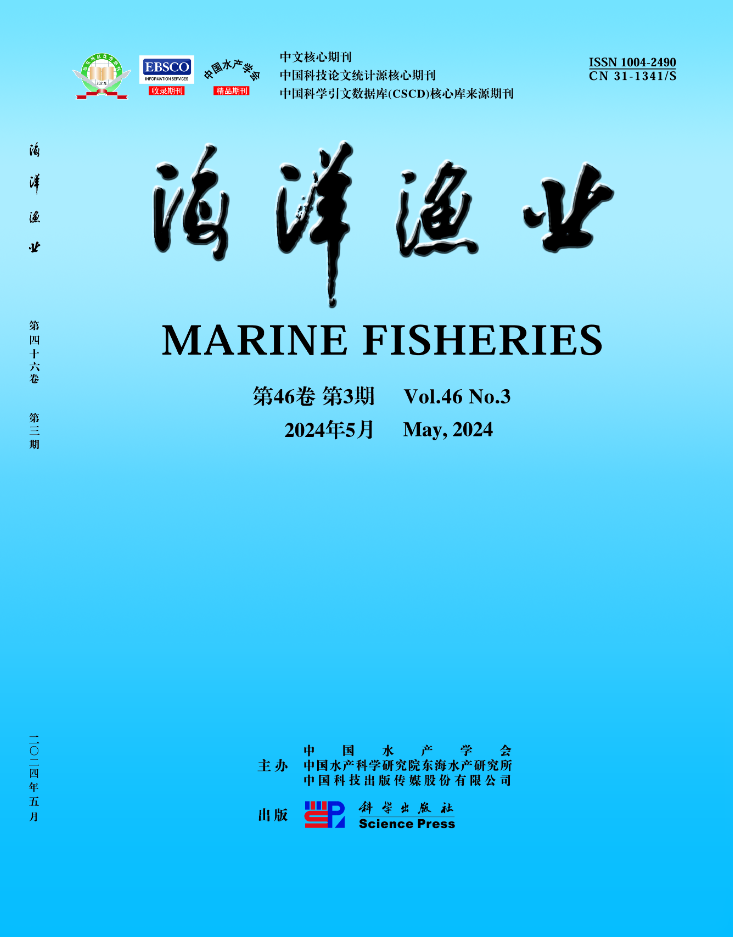万丹湾蓝蟹渔业的渔具丢失:废弃、丢失或丢弃渔具的案例
引用次数: 0
摘要
蓝蟹是万丹湾捕捞渔业部门的主要商品之一,使用刺网和折叠式捕蟹器捕捞。由于恶劣天气和与其他渔具的相互作用,在作业过程中渔具丢失的风险非常高。被遗弃、丢失或丢弃的渔具极大地促进了世界海洋塑料的丰富,这对鱼类资源的可持续性、水质产生负面影响,并危及航行安全。然而,在万丹湾没有开展任何缓解活动和努力,以减少低密度森林消融。本研究旨在确定万丹湾蓝蟹渔业中渔具丢失的全球原因。数据于2022年5月至6月在卡兰甘杜群岛渔港(PPN)周围收集。对有目的选择的28名受访者进行深度访谈,并对结果进行描述性分析。结果显示,总体而言,渔具丢失的原因是与其他渔具冲突,占64%,而捕鱼作业中的人为失误和恶劣天气分别占19%和17%。关键词:ALDFG;冲突;蓝蟹;本文章由计算机程序翻译,如有差异,请以英文原文为准。
Lost Gear on Blue Swimming Crab Fisheries in Banten Bay: Case of Abandoned, Lost or Discarded Fishing Gear
Blue swimming crab is one of the capture fisheries sector leading commodities in Banten Bay which is caught using gill nets and collapsible traps. The risk of lost fishing gears during operation is very high, both due to the bad weather and interactions with other fishing gear. The Abandoned, Lost or Discarded Fishing Gear (ALDFG) contributes significantly to the abundance of marine plactics in the world which has a negative impact on the sustainability of fish resources, water quality and endangers the safety of navigation. Nevertheless, there have been no mitigation activities and efforts to reduce ALDFG in the Banten Bay. This study aims to identify the global causes of lost fishing gear derived from blue swimming crab fisheries in Banten Bay. Data were collected around the Archipelagic Fishing Port (PPN) of Karangantu in May-June 2022. In-depth interviews were conducted with 28 respondents who were selected purposively and the results were analyzed descriptively. The results showed that generally, the causes of lost gear were conflicts with other fishing gear which constitute 64%, whilst human errors during fishing operations and bad weather contributed 19% and 17%, respectively. Keywords: ALDFG, conflict, blue swimming crab, lost gear.
求助全文
通过发布文献求助,成功后即可免费获取论文全文。
去求助
来源期刊
自引率
0.00%
发文量
4336
期刊介绍:
“Marine Fisheries”started publication in 1979, it mainly covers original research papers and reviews on basic theories and applications of aquaculture and fisheries, including marine biology, mariculture and reproduction, aquatic diseases and prevention, nutrition and feed of aquatic organisms, fishery ecology and environmental protection, development and conservation of marine fishery resources, fishing tools and methods, preservation and comprehensive utilization of aquatic products, fishery machinery and instruments.

 求助内容:
求助内容: 应助结果提醒方式:
应助结果提醒方式:


